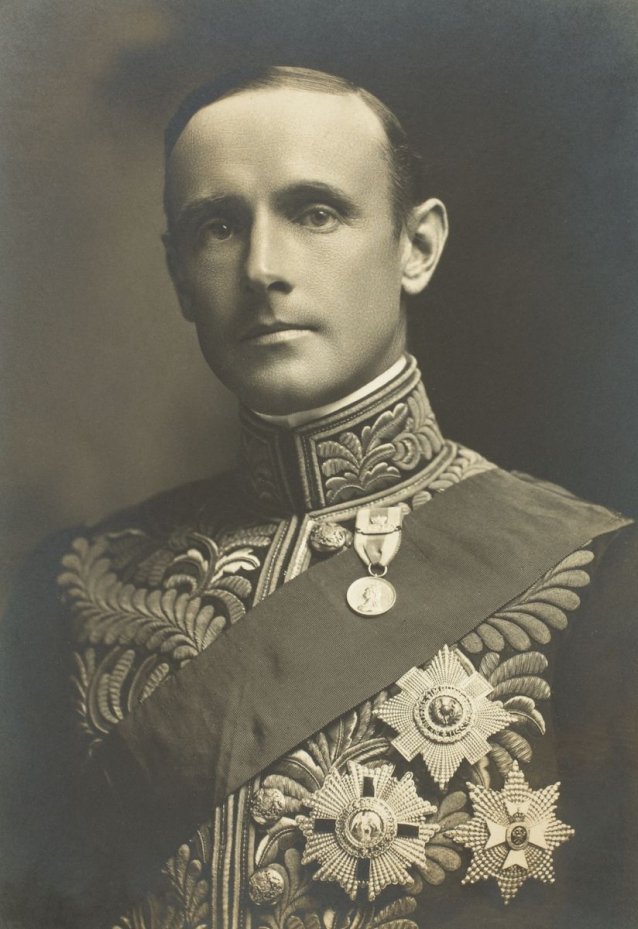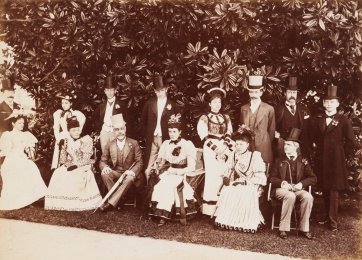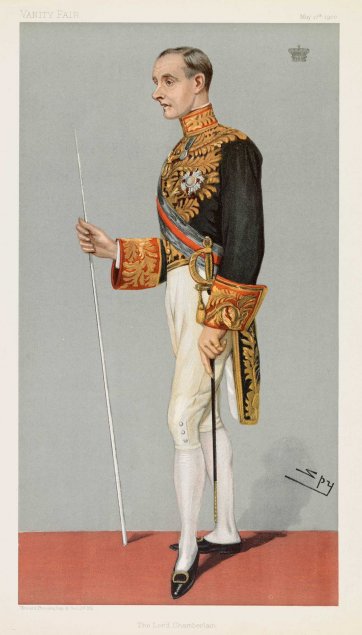Rt Hon John Adrian Louis Hope KT GCMG GCVO PC, 7th Earl of Hopetoun (1860–1908) was the first governor general of Australia. Educated at Eton and Sandhurst, Hopetoun inherited a huge Scottish estate at the age of 13, and there developed his lifelong and fearless enthusiasm for horseriding. He was appointed Conservative Whip in the House of Lords when he was 23. In 1889, he was named governor of Victoria. Arriving in Melbourne in November that year, he proved both surprisingly popular and a strong supporter of Federation until he left Melbourne in 1895. After a stint as paymaster-general in England he returned to Australia in December 1900 to take up the position of governor general. Immediately upon arrival, without formal instructions from the Colonial Office, he invited New South Wales Premier Sir William Lyne to form a government. Lyne, however, had opposed federation and other politicians could not be induced to accept him as leader. Hopetoun was soon persuaded to appoint Edmund Barton prime minister instead, but the incident has gone down in Australian history as the ‘Hopetoun Blunder’. Hopetoun was sworn in as governor general on 1 January 1901 and commissioned Barton’s ministry the same day. Following a generally lacklustre term as governor general, in which he had had to spend a good deal of his own money due to the government’s refusal to give him an allowance, he asked to be recalled and left Brisbane in July 1902. Soon after, he was created Marquess of Linlithgow; before he died he served as Secretary of State for Scotland. One of his sons became Viceroy of India.
Collection: National Portrait Gallery
Purchased 2008
The National Portrait Gallery respects the artistic and intellectual property rights of others. Works of art from the collection are reproduced as per the
Australian Copyright Act 1968 (Cth). The use of images of works from the collection may be restricted under the Act. Requests for a reproduction of a work of art can be made through a
Reproduction request. For further information please contact
NPG Copyright.


















